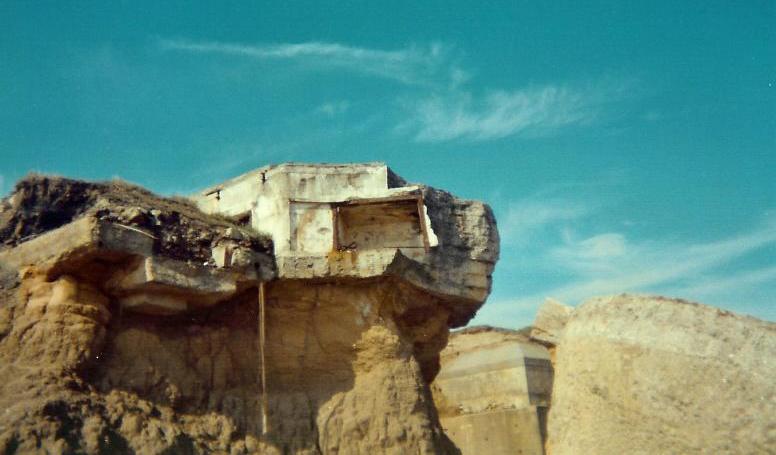The Doc
Member
- Joined
- Dec 26, 2015
- Messages
- 13
- Reaction score
- 70
This is a great place to see a bit of WWI and WWII history but also to see geological history as it happens.
Godwin Battery was established in 1914 as part of the outer defences of the Humber and comprised a large base with guard houses, officers’ quarters and a hospital constructed from brick and concrete—unusual for the time. It was re-activated in WWII but after the war it became redundant. In 1960 the barracks were sold to developers to make a caravan site and all that remained were the actual coastal defences.
These were initially set quite a way back from the edge of the cliffs, but have the misfortune of being built on Europe’s fastest eroding coastlines. It is likely the entire remains of the Godwin Battery will be swallowed up in the next 20 years by the North Sea, which has already claimed the original village of Kilnsea and much of the land in front of the encampments.
Here are a couple of pictures from 2005:



(source)
And my pictures from my visit taken ten years later:











Godwin Battery was established in 1914 as part of the outer defences of the Humber and comprised a large base with guard houses, officers’ quarters and a hospital constructed from brick and concrete—unusual for the time. It was re-activated in WWII but after the war it became redundant. In 1960 the barracks were sold to developers to make a caravan site and all that remained were the actual coastal defences.
These were initially set quite a way back from the edge of the cliffs, but have the misfortune of being built on Europe’s fastest eroding coastlines. It is likely the entire remains of the Godwin Battery will be swallowed up in the next 20 years by the North Sea, which has already claimed the original village of Kilnsea and much of the land in front of the encampments.
Here are a couple of pictures from 2005:



(source)
And my pictures from my visit taken ten years later:











































